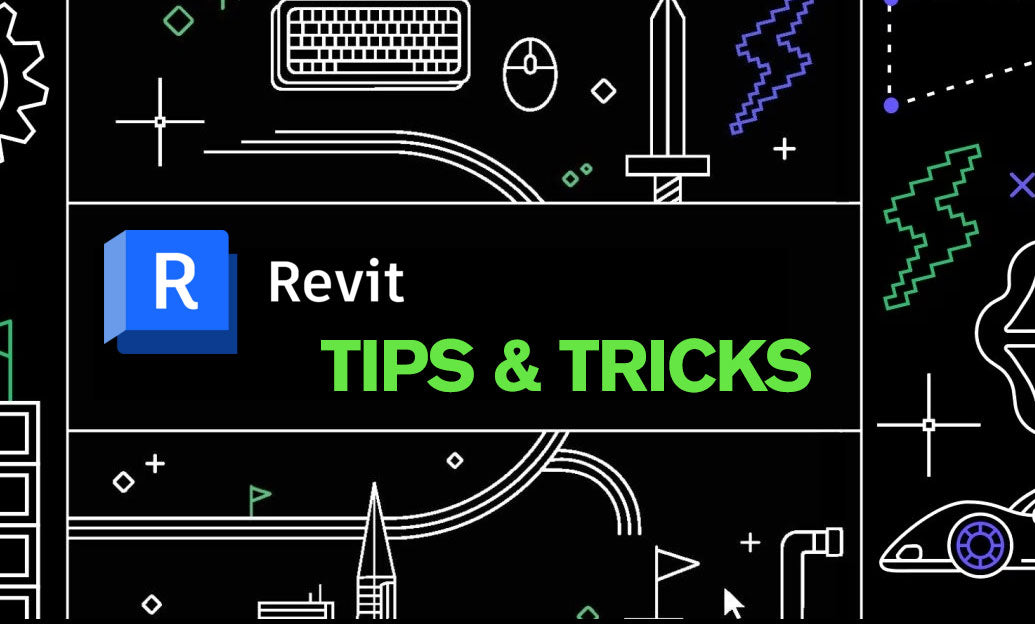Your Cart is Empty
Customer Testimonials
-
"Great customer service. The folks at Novedge were super helpful in navigating a somewhat complicated order including software upgrades and serial numbers in various stages of inactivity. They were friendly and helpful throughout the process.."
Ruben Ruckmark
"Quick & very helpful. We have been using Novedge for years and are very happy with their quick service when we need to make a purchase and excellent support resolving any issues."
Will Woodson
"Scott is the best. He reminds me about subscriptions dates, guides me in the correct direction for updates. He always responds promptly to me. He is literally the reason I continue to work with Novedge and will do so in the future."
Edward Mchugh
"Calvin Lok is “the man”. After my purchase of Sketchup 2021, he called me and provided step-by-step instructions to ease me through difficulties I was having with the setup of my new software."
Mike Borzage
V-Ray Tip: Creating Photo-Realistic Car Paint Materials Using V-Ray Techniques
May 27, 2024 2 min read

Creating a realistic car paint finish in 3D renders can be quite challenging, but with V-Ray, artists have the tools to achieve photo-realistic results. Here are some expert tips to help you create stunning car paint materials:
- Use the V-Ray Car Paint Material: Begin by using the specialized car paint material provided by V-Ray. This material has been designed to mimic the complex interactions between the layers of paint on a real car.
- Layering is Key: Real car paint consists of several layers, including a base coat, metallic flakes, and a top coat for gloss. Replicate this in V-Ray by adjusting the flake settings like size, orientation, and density to create depth and realism.
- Consider the Environment: Car paint reflects the environment, so make sure to use HDRI maps or create a realistic environment that will reflect on your vehicle.
- Pay Attention to Lighting: Lighting can make or break your render. Use V-Ray's lighting tools to set up a studio environment that complements the car's paint. Softboxes and overhead lighting often yield the best results.
- Utilize Render Elements: Render elements such as reflection, refraction, and specular can help you fine-tune your materials in post-production. This is especially useful for adjusting the look of the car paint without having to re-render the entire scene.
- Adjust the Clear Coat: Modern cars have a clear coat that gives a deep shine. In V-Ray, you can control the clear coat layer's thickness and glossiness to simulate this effect.
- Incorporate Imperfections: To add more realism, include subtle imperfections like dust, smudges, or fingerprints. These can be added using maps in the bump or reflection channels of your material.
- Experiment with Color Variations: Don't hesitate to play with the base color and flake properties. Real car paint often has a slight color variation that becomes visible under different lighting conditions.
- Optimize Your Settings: Ensure that your render settings are optimized for quality. Car paint requires high-quality anti-aliasing to capture the fine details of the flakes and the smoothness of the clear coat.
For a wide selection of V-Ray products and to enhance your rendering skills, visit NOVEDGE, where you can find all the tools you need to create stunning visuals with V-Ray.
You can find all the V-Ray products on the NOVEDGE web site at this page.
Also in Design News

ZBrush Tip: Enhance ZBrush Workflow with Curve Strap Snap Brush Techniques
April 28, 2025 2 min read
Read More
Revit Tip: Optimizing Revit Sheet Management for Enhanced Workflow and Collaboration
April 28, 2025 2 min read
Read More
AutoCAD Tip: Maximize Efficiency in AutoCAD with the Match Properties Tool
April 28, 2025 2 min read
Read MoreSubscribe
Sign up to get the latest on sales, new releases and more …


